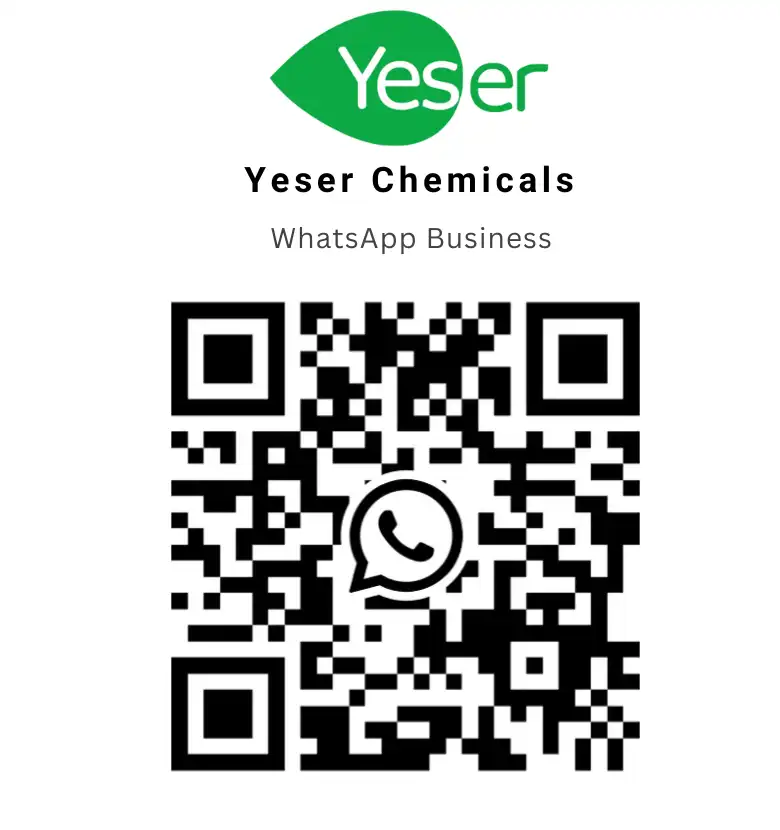Unlocking the Power of Enzymes in Detergents: Types, Benefits, and How They Revolutionize Cleaning

Enzyme-based detergents have revolutionized the cleaning industry by offering targeted stain removal, energy efficiency, and environmental benefits that traditional detergents can’t match. By harnessing biological catalysts like proteases, amylases, lipases, and cellulases, these detergents break down stubborn stains at a molecular level. Proteases tackle protein-based stains like blood and grass, amylases address starches from foods, lipases break down fats and oils, and cellulases care for fabric fibers. This specificity enhances cleaning performance and allows for effective washing at lower temperatures, leading to significant energy savings. Moreover, enzymes are biodegradable and derived from natural sources, making enzyme-based detergents an eco-friendly choice that aligns with consumer demands for sustainability.
Unveiling EGDS and EGMS: The Secrets to Pearlescent Beauty in Personal Care Products

The allure of shimmering, pearlescent beauty has captivated consumers in the personal care industry for decades. From luxurious shampoos to silky body lotions, that iridescent glow adds a touch of elegance and sophistication. But what’s the secret behind this mesmerizing effect? Enter Ethylene Glycol Distearate (EGDS) and Ethylene Glycol Monostearate (EGMS)—two indispensable ingredients that transform […]
Unmasking the Invisible Guardians: Understanding Preservatives in Cosmetics

Introduction In the fascinating world of cosmetics, one often-overlooked component plays a crucial role in maintaining the integrity, safety, and usability of various products – preservatives. Much like the invisible guardians of your beauty regime, these compounds work behind the scenes to prevent spoilage, extend shelf life, and ensure overall quality consistency. This article delves […]
Unlock the Potential of Liquid Detergent Raw Materials with Yeser Chemicals

Introduction Liquid detergents have become a staple in households and industries alike, valued for their ease of use and efficiency in cleaning. At the core of these cleaning agents are the raw materials that come together to form an effective product capable of tackling a variety of stains and dirt. Yeser Chemicals specializes in offering […]
Cocamidopropyl Betaine in Body Wash: The Gentle Surfactant for Cleansing and Care

“Unlock the secrets behind the gentlest body washes with our in-depth guide on cocamidopropyl betaine (CAPB) in body washes. Discover the lathering, skin-friendly, and powerful cleansing properties of this remarkable surfactant, and how it can enhance your shower experience. Don’t miss out on our expert advice and insights from Jun Xie, head of R&D at Yeser Chemicals!
Creating the Perfect Pearlized Shampoo: The Magic of Ethylene Glycol Distearate (Yeser® EGDS)

Step into the world of luxurious pearlized shampoos with our irresistible guide on using the magic of Ethylene Glycol Distearate (Yeser® EGDS). Unveil the secrets behind creating visually captivating shampoos that don’t just look beautiful, but also elevate the user’s hair care experience with enhanced texture and performance. Embark on a shampoo transformation journey with our detailed guide and easy-to-follow formulas. Get ready to transform the mundane into an opulent hair care experience that will have everyone asking for your secret. Dive in and explore now!
Decoding Surfactants: The Science Behind Your Everyday Household and Personal Care Products

Unravel the mystery behind the effectiveness of your favorite shampoos, body washes, and detergents in this in-depth exploration of surfactants. Delve into the science of these versatile substances, as we uncover how they work as powerful cleansing agents, foaming boosters, and emulsifiers. Learn about the various types of surfactants, their unique properties, and how they contribute to the synergistic effect in our everyday household and personal care products. Additionally, get acquainted with the difference between natural and synthetic surfactants and their impact on the environment. Read on to learn more about the fascinating world of surfactants and their vital role in our daily routines.
Cocamidopropyl Betaine: Unlocking the Power of Coconut for Home & Personal Care Products

Unveiling the power of coconut for home & personal care products, this article delves into the numerous benefits of Cocamidopropyl betaine (CAPB), a versatile and eco-friendly coconut-derived surfactant. CAPB has gained significant attention for its mildness, foam-boosting properties, and compatibility with various skin types. From shampoos and body washes to facial cleansers and laundry detergents, discover how CAPB enhances the performance of your everyday essentials. Learn about its environmentally friendly profile and how it caters to the growing demand for natural and sustainable personal care products. Dive into the future of CAPB and explore the innovations that will continue to shape its use in the personal care industry.
SLES in Dishwashing Liquid: The Ultimate Ingredient for High-Performance Formulations

Sodium Laureth Sulfate (SLES) is an essential ingredient for high-performance dishwashing liquid formulations, providing numerous benefits to formulators, suppliers, and consumers. As a mild and effective anionic surfactant, SLES delivers powerful detergency, rich foam production, and compatibility with other key ingredients. Its cost-effectiveness and availability make it an attractive choice for the home care industry. By incorporating SLES into dishwashing liquid formulations, producers can offer enhanced cleaning performance, meeting various market segment demands and ensuring customer satisfaction. This article explores the advantages and best practices for utilizing SLES in dishwashing liquid products, offering valuable insights for industry professionals looking to optimize their formulations.
What is PQ-10 in Shampoo? A Comprehensive Guide to Understanding Polyquaternium-10

Polyquaternium-10 (PQ-10) is a popular ingredient in the cosmetic industry, known for its conditioning, anti-static, and film-forming properties. It is widely used in haircare and skincare products, providing a smooth, silky feel. With its lightweight conditioning effect, PQ-10 is suitable for various hair types, improving texture and manageability. Although generally considered safe, some individuals may experience side effects, such as irritation or allergies. This article explores the benefits and potential drawbacks of PQ-10, comparing it to other conditioning agents and alternatives like Polyquaternium-7. Learn more about incorporating PQ-10 into your hair care routine and its future prospects in the cosmetic industry.


